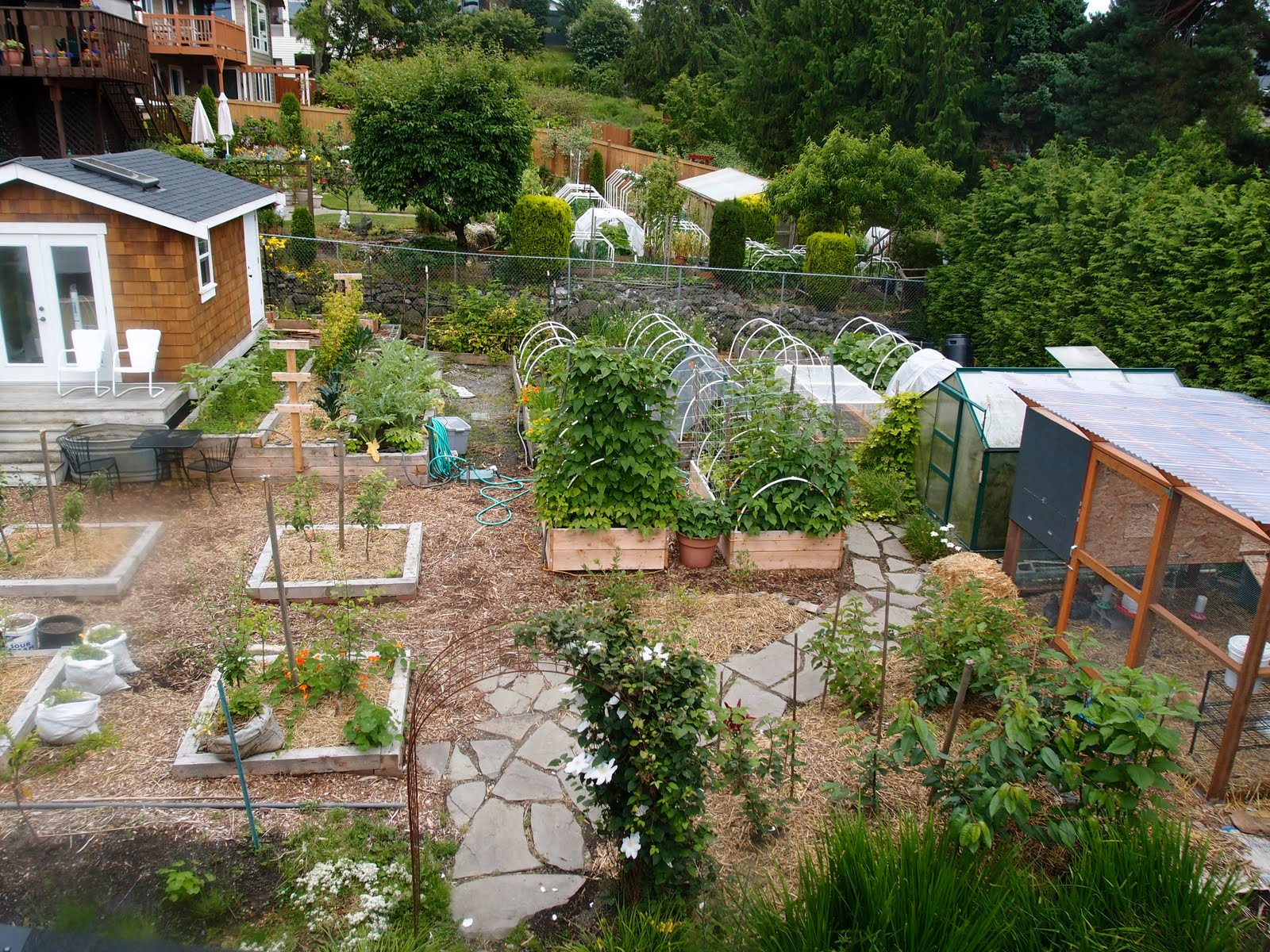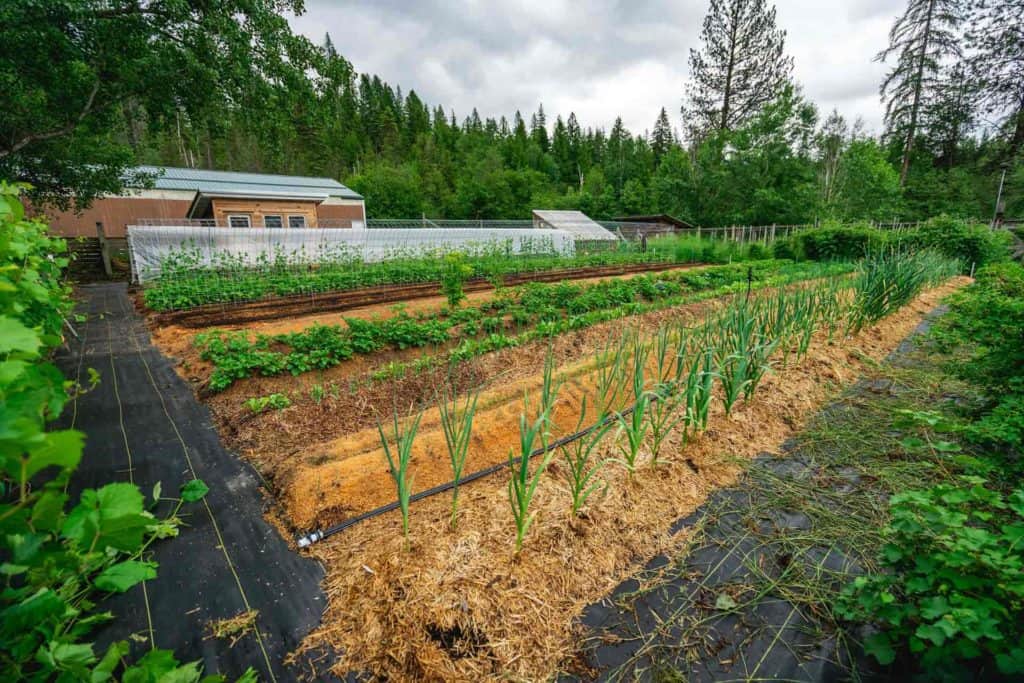Uncover the Keys to Developing a Efficient and beautiful Gardening Area
Developing a effective and gorgeous horticulture room is not merely an issue of planting veggies and blossoms; it requires a tactical technique that incorporates different essential aspects. From choosing the right location based on sunlight and soil type to thoughtfully creating your format and choosing appropriate plants, each decision plays a crucial role in the success of your garden.
Choosing the Right Location
Choosing the suitable location for your garden is essential to its success and total aesthetic charm. The primary step in this procedure involves evaluating sunshine exposure, as many plants require a minimum of 6 hours of direct sunshine daily (Homestead Gardening). A south-facing yard usually gets the most light, while shaded locations can restrain growth and flowering
In addition, take into consideration dirt quality and water drainage. Well-draining soil is necessary to prevent waterlogged roots, which can result in plant conditions. Conducting a dirt test can provide important details pertaining to pH levels and nutrition material, enabling you to modify the dirt accordingly.
Moreover, distance to water sources is one more element to consider - Homestead Gardening. Having very easy access to a pipe or watering system can simplify the watering procedure and urge consistent plant care. Wind security is additionally vital; positioning your garden near frameworks, such as fences or walls, can shield it from severe winds that might damage delicate plants
Last but not least, consider ease of access for maintenance and harvesting. A well-placed yard permits practical gain access to, guaranteeing that you can quickly tend to your plants without creating excessive stress and anxiety or disturbance. Thoughtful place option lays the structure for a thriving garden.
Choosing Plants Wisely
When choosing plants for your yard, it's important to consider variables such as climate, dirt problems, and individual choices to guarantee a unified and productive room. A complete understanding of your regional climate will certainly assist you in selecting plants that thrive in your particular environment. For circumstances, picking drought-resistant selections is valuable in deserts, while moisture-loving varieties might be better suited for areas with high rainfall.
Soil problems are just as important; conducting a dirt examination can expose pH levels and nutrition material, allowing you to choose plants that will thrive. Native plants are often an exceptional choice, as they are usually well-adapted to regional dirt kinds and call for much less upkeep.
Show on your individual choices-- choosing plants that resonate with your aesthetic tastes will certainly enhance your enjoyment and dedication to keeping your garden. By carefully assessing these factors, you can produce a diverse and flourishing plant choice that boosts your gardening experience.
Creating Your Yard Layout
With a thoughtfully picked plant choice in hand, the next step is to develop a garden layout that takes full advantage of both charm and performance. Begin by evaluating the readily available room, thinking about aspects such as color, sunshine, and wind patterns. A tactical layout ought to include numerous areas, including locations for growing, paths, and potentially seating.
Begin with bigger plants or prime focus, such as trees or high perennials, placed purposefully to develop visual rate of interest. Layer smaller plants in front to enhance depth and appearance. my link Consider the growth routines of your chosen plants; taller varieties should be positioned at the back or facility of beds, while much shorter ones can line the sides.
Including paths not just helps with accessibility for upkeep however also invites expedition. Usage products that complement the yard's overall visual, whether timber, rock, or gravel chips.
Additionally, consider seasonal adjustments and just how your design will look throughout the year. Incorporating evergreens together with seasonal blossoms can make sure year-round charm. Ultimately, a properly designed garden design harmonizes the natural appeal of plants with sensible factors to consider, resulting in an area that is both inviting and productive.
Enhancing Dirt Health

To improve soil wellness, begin by performing a soil test to analyze pH degrees, nutrient content, and dirt appearance. This will notify your changes. Integrate raw material such as garden compost, well-rotted manure, or leaf mold to enhance dirt framework, water retention, and microbial task. Additionally, practicing plant turning can stop nutrient depletion and decrease parasite and disease stress.
Mulching is an additional reliable approach; it not only saves moisture but likewise subdues weeds and gradually enriches the soil as it breaks down. Staying clear of too much tillage is crucial, as it can disrupt soil framework and damage beneficial microorganisms. Rather, adopt no-till or very little husbandry methods to maintain soil integrity.

Keeping Your Yard Effectively
A well-kept yard gives satisfaction and productivity, needing consistent attention to guarantee that plants grow and the landscape continues to be inviting. Efficient garden upkeep entails a number of essential methods that improve the health and wellness of your plants and the general aesthetic of your area.
Normal watering is important; nonetheless, it is necessary to customize your watering schedule based upon the details demands of your plants and regional climate problems. Mulching can assist keep moisture, reduce weeds, and regulate soil temperature level. Prompt weeding avoids competitors for nutrients and sources, making certain that your plants grow.
Pruning is an additional vital task. It urges healthy development, removes unhealthy or dead branches, and forms plants to preserve an appealing framework. Additionally, monitoring for conditions and insects is important; early detection and treatment can conserve your plants from considerable damages.
Fertilization must be performed attentively, using natural options whenever feasible to advertise long-term dirt health. Lastly, seasonal jobs such as planting, splitting perennials, and planning for winter season will certainly ensure your yard continues to be lively year-round. By following these methods faithfully, you can cultivate a garden that is both lovely and effective.
Verdict
Picking an ideal place with appropriate sunlight, picking appropriate plants, developing an aesthetically pleasing layout, boosting dirt health, and ensuring normal maintenance are important components. By incorporating these methods, one can cultivate a thriving yard that not only enhances the landscape yet likewise promotes eco-friendly balance and sustainability.
From picking the right place based on sunlight and dirt type to attentively creating your layout and picking appropriate plants, each decision plays an essential duty in the success of your yard. Well-draining dirt is vital to protect against waterlogged origins, which can lead to plant conditions.When selecting plants for your yard, it's crucial to think about elements such as climate, soil problems, and personal preferences to guarantee a productive and unified area. Ultimately, a well-designed yard design integrates the natural elegance of plants with useful factors to consider, resulting in a space that is both inviting and effective.
